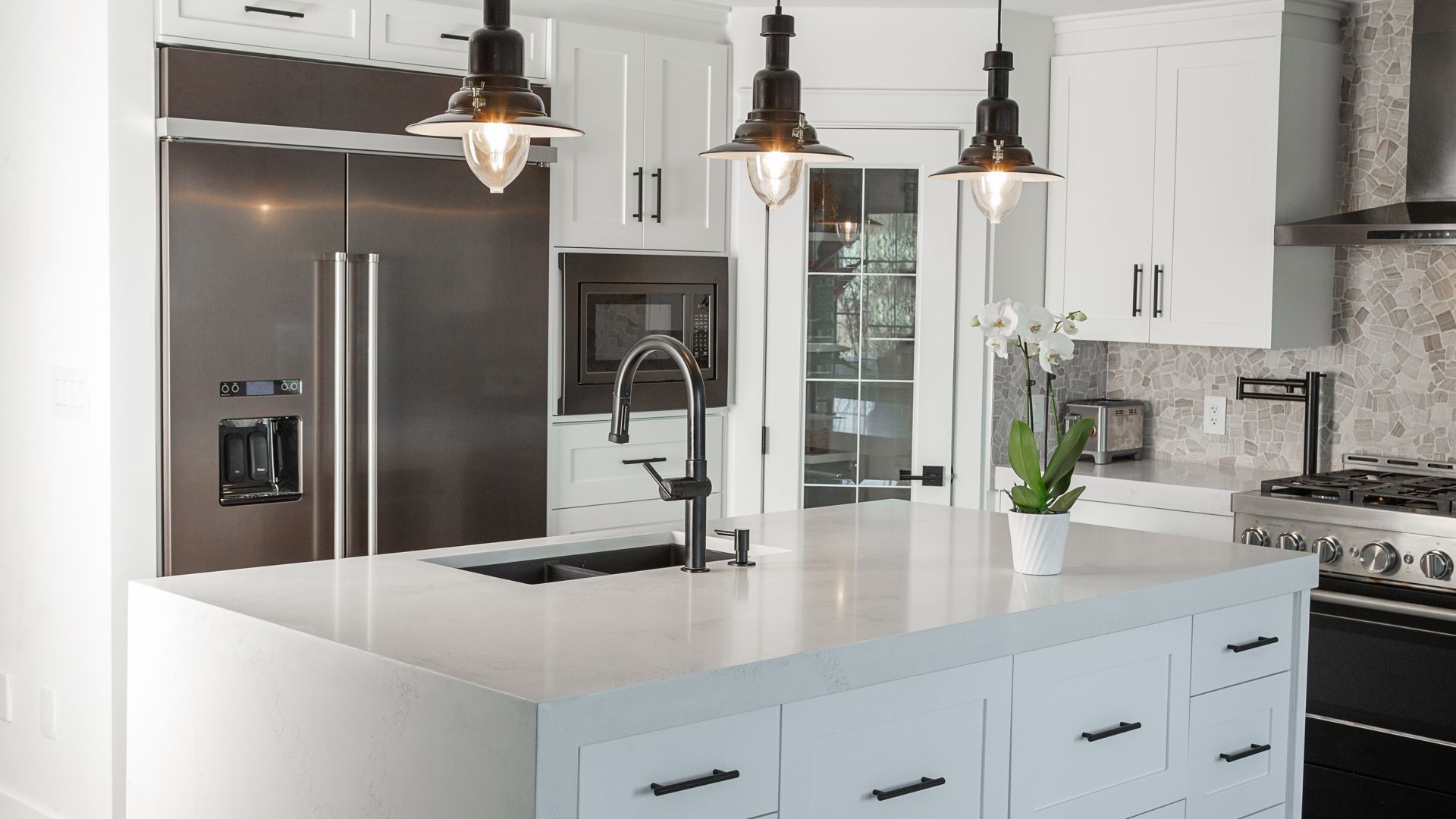Preventing Frozen Pipes: Three Simple Steps
We may be approaching the end of winter fairly soon, but the weather certainly doesn’t feel like it. A Polar vortex is quickly approaching, and it’s widely anticipated that cities all across the northern United States will experience temperatures dipping well into the negatives. The outlook for the Memphis area may not be as bad as the one in St. Paul, Minnesota, but we’re on pace to see temperatures potentially dip down well below freezing over some nights during the next week or so.
As a homeowner, freezing temperatures mean more than just the need to crank up your heater to stay warm—they also mean a very real threat to your plumbing. Frozen pipes are no joke; they can cause immense damage ranging from small leaks to catastrophic flooding. When pipes freeze, the water inside them expands, and with nowhere to go, the expanding water puts pressure on your pipes, eventually causing them to give out and burst. When the water in the lines melts and starts flowing again, you quickly find yourself dealing with a potentially catastrophic problem.
Fortunately, you’re not helpless to prevent frozen pipes. In fact, it’s easier than you might think. Here are three quick and easy tips from our Memphis plumbers which you can follow to prevent your pipes from freezing!
1. Install Pipe Insulation
Do you have exposed outdoor plumbing lines? These are by far the most susceptible pipes to freezing and the damage that can result. However, it’s easy to prevent this damage by insulating your pipes. Insulation can be purchased from your local home improvement warehouse inexpensively, and installation is a piece of cake: just find the slit cut down the length of each section, and then fold it around your exposed pipes. For good measure, use all-weather tape to secure the insulation to the pipe.
Insulation can ensure that cold temperatures from outdoor air stay well away from your exposed plumbing lines, keeping them flowing smoothly and preventing the water inside from freezing over.
2. Let a Faucet Drip Slowly
One of the principle reasons why pipes will freeze is that the water inside is stagnant. Water that is moving is much harder to freeze, and thus keeping water moving in your plumbing lines can prevent a disaster. Find a faucet located on an outside-facing wall and turn on a slow, warm-temperature drip. This should allow just enough movement through both your hot and cold water lines to prevent freezing. Will it waste water and cost you money? Yes. But not too much, and the cost drastically outweighs that of having to fix a burst pipe, and the water that can waste in the form of flooding.
3. Seal Air Leaks
The locations where pipes enter your walls are often one of the biggest sources of air leaks that allow freezing outside air to enter your home. These holes need to be insulated in order to protect your home from wasting energy, and also to protect your plumbing lines. Your plumbing located inside your walls just a few feet away from where the pipe has come inside are particularly vulnerable to freezing, so you should do everything you can to insulate this area. Find these spots and fill them in with insulation to prevent as much airflow as possible.
Air leaks can also be found near windows, under sinks, and near doors; any plumbing lines that run near these areas should also be carefully insulated to prevent freezing from occurring.
If you’re dealing with a frozen pipe or other plumbing emergency, call the experts at Smith’s Plumbing Services at (901) 290-1110 now and get the service you need right away!

